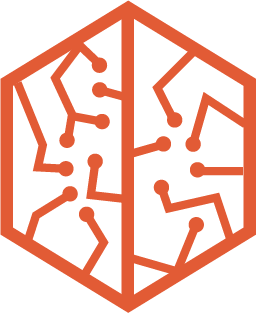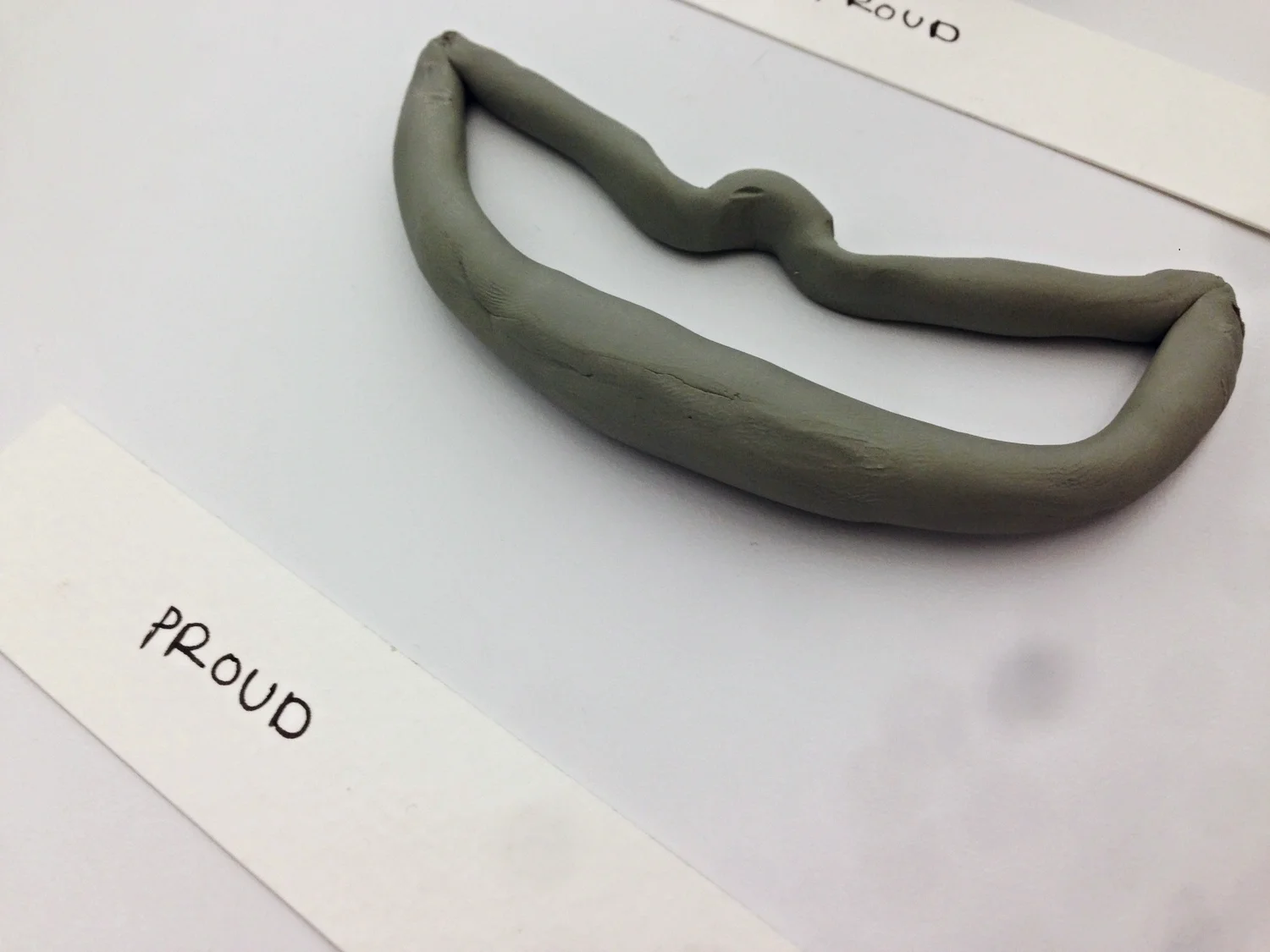In order to do a third round of user testing, I designed two questionnaires to recruit the most appropriate users and to get some quantitative data on how people value the interactions. As my product aims to meet the needs of two very different users, I made two surveys, one for physical therapists, and one for end users. Below is a sample of some of the questions I asked and their responses.
I got to meet with five people to do card sorting, three physical therapists and two end users.






With some quick props that I had in handy (a metal rod, cardboard, two light bulbs, and a "computer" simulated by a person), I was able to in a couple of minutes build a paper prototype of my product, and test it quite efficiently with six users.
The back and forth motion was simulated by rotating the metal rod, resulting in a "Wizard of Oz Prototype". After writing a script for the user test, I took them through the following scenarios.
Scenario A
User gets introduced to the product step by step in order to minimize bias and gauge the affordance of the product.
Central questions: How does the product feel? How anthropocentric is the product to the user? Is it motivating?
- What is your first impression of this object? What do you think this object is/how would you use it? [device is moved back and forth by Computer]
- [User is given the product description and user scenario, then performs the exercises.]
- How did that feel? Why?
- How would you compare this to performing the exercise with a regular weight? Why?
- How did the movement of the object influence the experience? Why?
Scenario B
User goes “back in time” to see how their performance compared to three weeks ago.
Central questions: Is this comparison rewarding to the user? How well is the user able read to the data? What is the-signal-to-noise-ratio?
- You now want to see how well you have progressed, how would you imagine the object could convey this?
- I would now like you to pretend that you want to know about your progress. What would you do with the object? Why?
- [Describe:] By dialing the knob a few steps back, the device will replay your exercise from that time. The object will shake with frustration when you experienced pain. [Activity might be repeated if user had a faulty conceptual model of use] What did you think about this as an indication of your progress? Why? Why? Why?
- What are some other things that you noticed? Why?
Scenario C
The device does not shut off it’s lights at the end of the day when the user is ready to go to bed.
Central question: What does the user do in this scenario?
- As an ambient light, this object turns on each morning and will not shut off it’s light until you have performed your set amount of exercises for the day. Where would you place it in your home? Why?
- Now I want you to imagine you just got home and you have forgotten to perform your last set for the day. You are ready to go to bed, and it reminds you by not switching its light off. What would you do? Why?
- How do you feel about this functionality? Why?
Pattern Analysis / Key Takeaways
- All of our six participants agreed that the movement of the device was helpful as an indication of progress, although questions about readability where brought up. People where unsure of how the movement was mapped in relation to the movement of the arm, but conversations alluded to this being easily clarified if the user was introduced to the product with a physical therapist that would calibrate it with them.
- Five out of six people wanted to turn the light off in Scenario C, so maybe this could be considered for future designs. Unplugging the device instead of using a button might prevent the user to switch it off as it would constrain the use of the object.
- The incandescent bulbs where too bright and although effective for quick testing, users did get distracted by the light intensity.
The above findings where synthesized from the notes taken during the user test, which can be found here.














































































